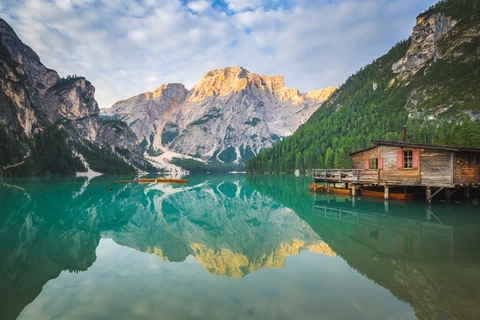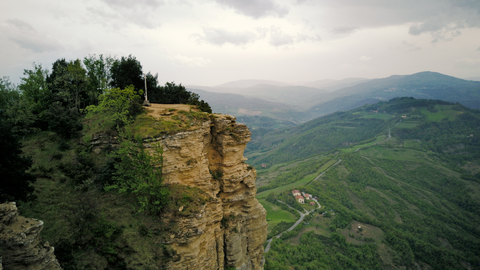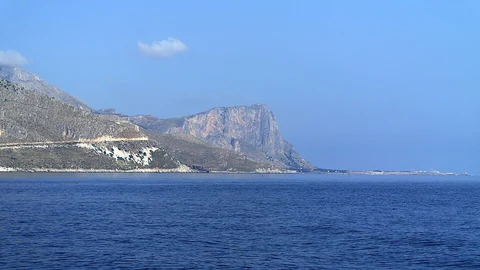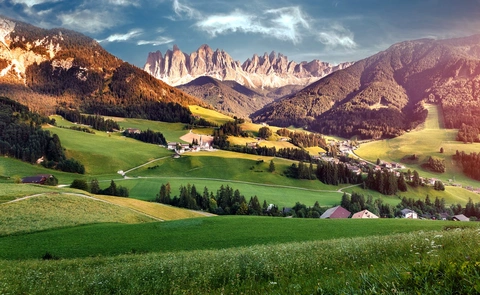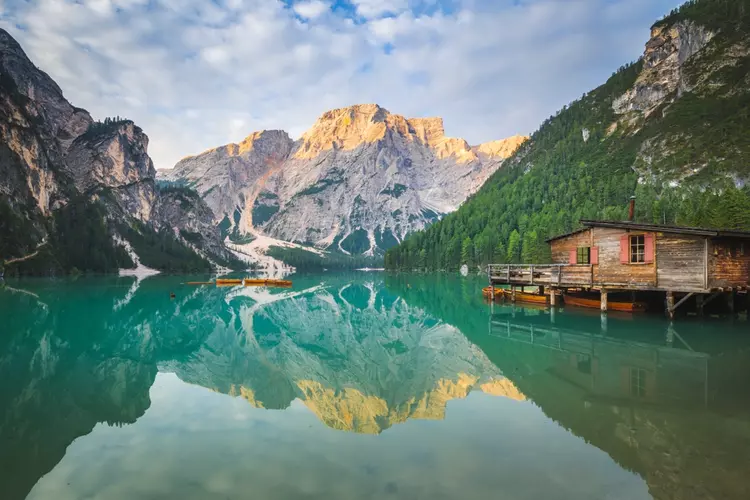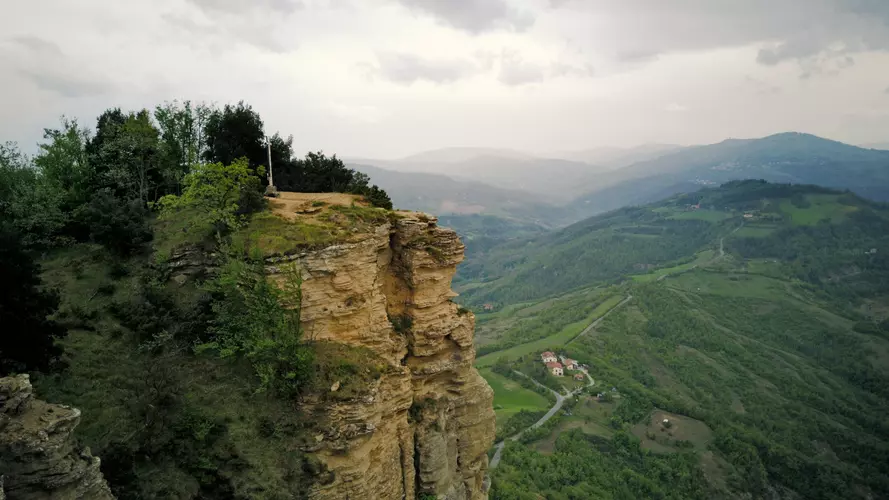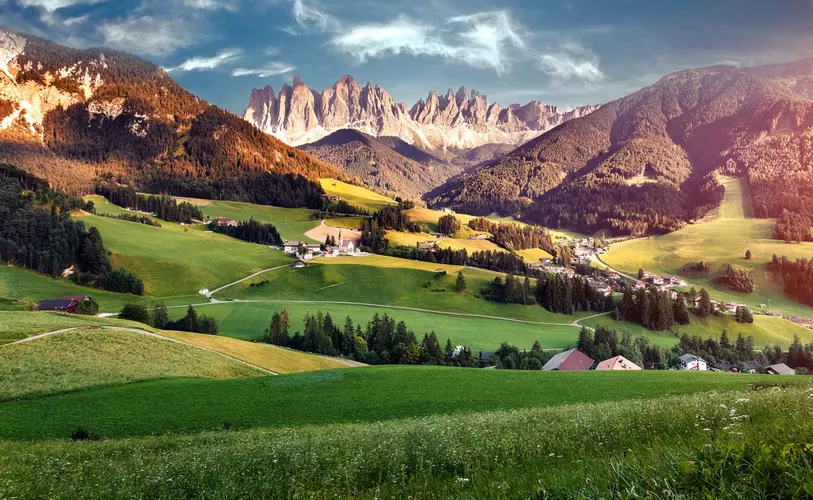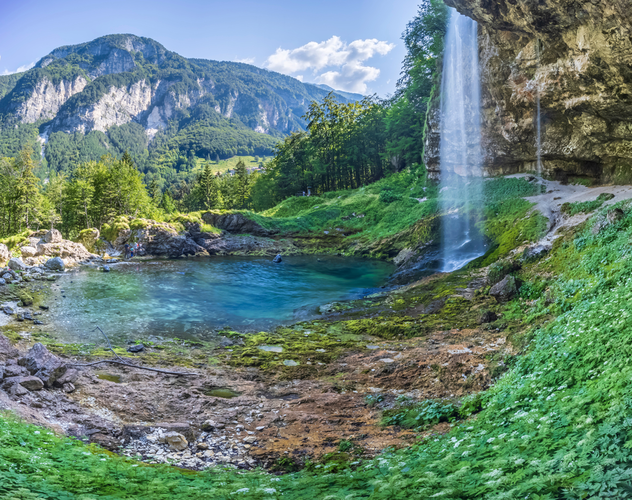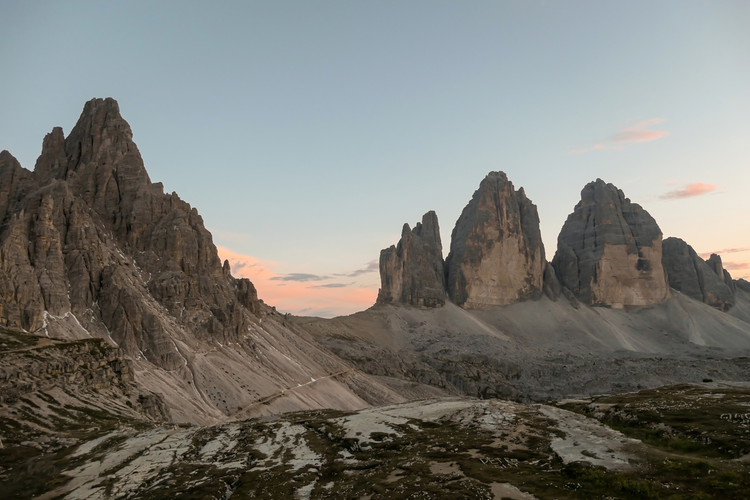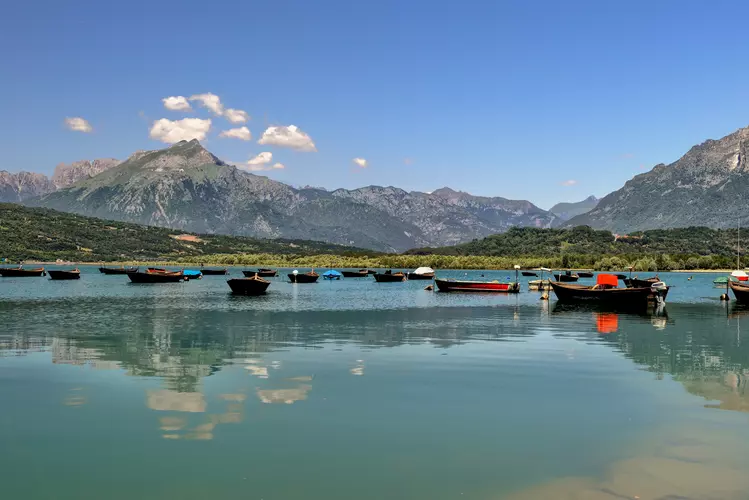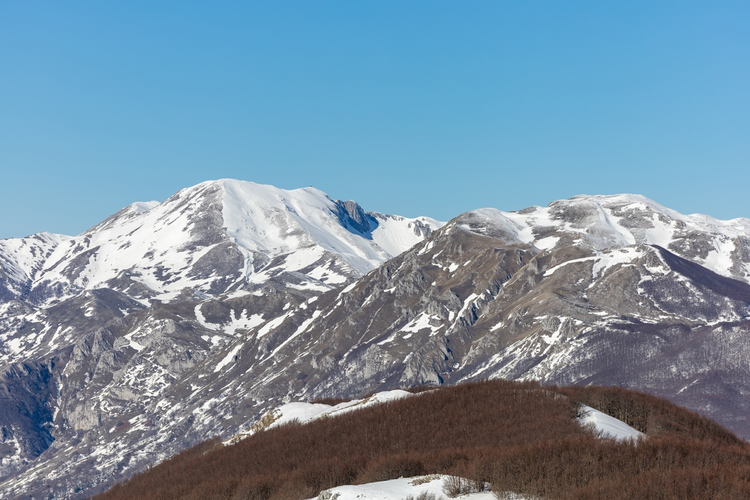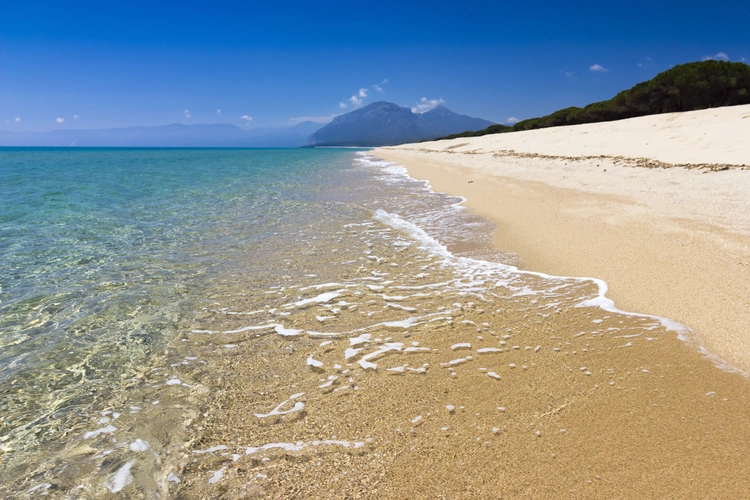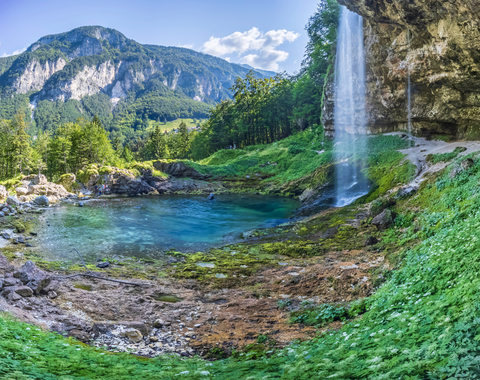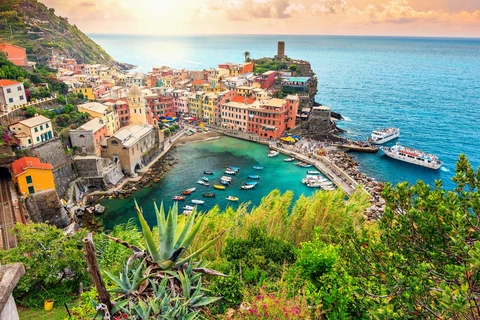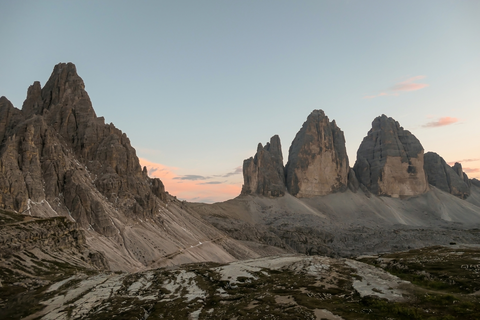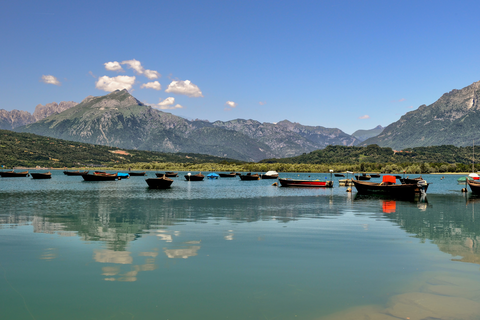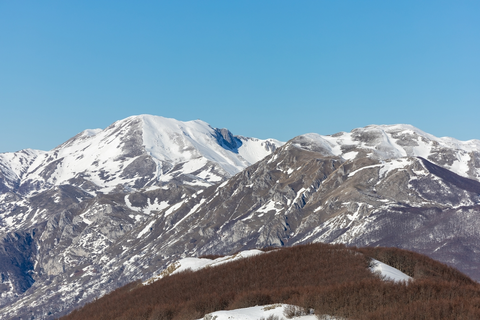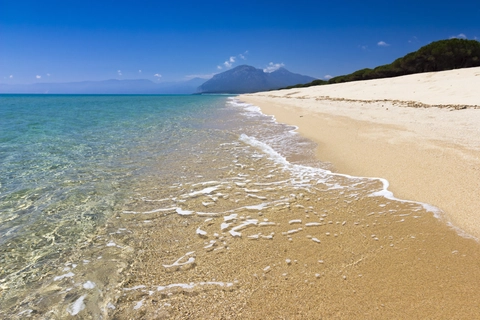"Italy's trails unveil history, culture, and stunning landscapes, offering unforgettable adventures for every hiker."
Italy offers a hiker's paradise, where every trail tells a story of history, culture, and breathtaking landscapes. From the rugged cliffs of the Amalfi Coast to the serene paths of the Dolomites, each step reveals a new marvel. Wander through Tuscany's rolling vineyards or explore the ancient paths of Cinque Terre with its colorful coastal villages. Whether you're seeking challenging ascents or leisurely strolls, Italy's diverse terrain promises unforgettable adventures and a deep connection to nature.
Most popular hikes
FAQs about hiking in Italy







